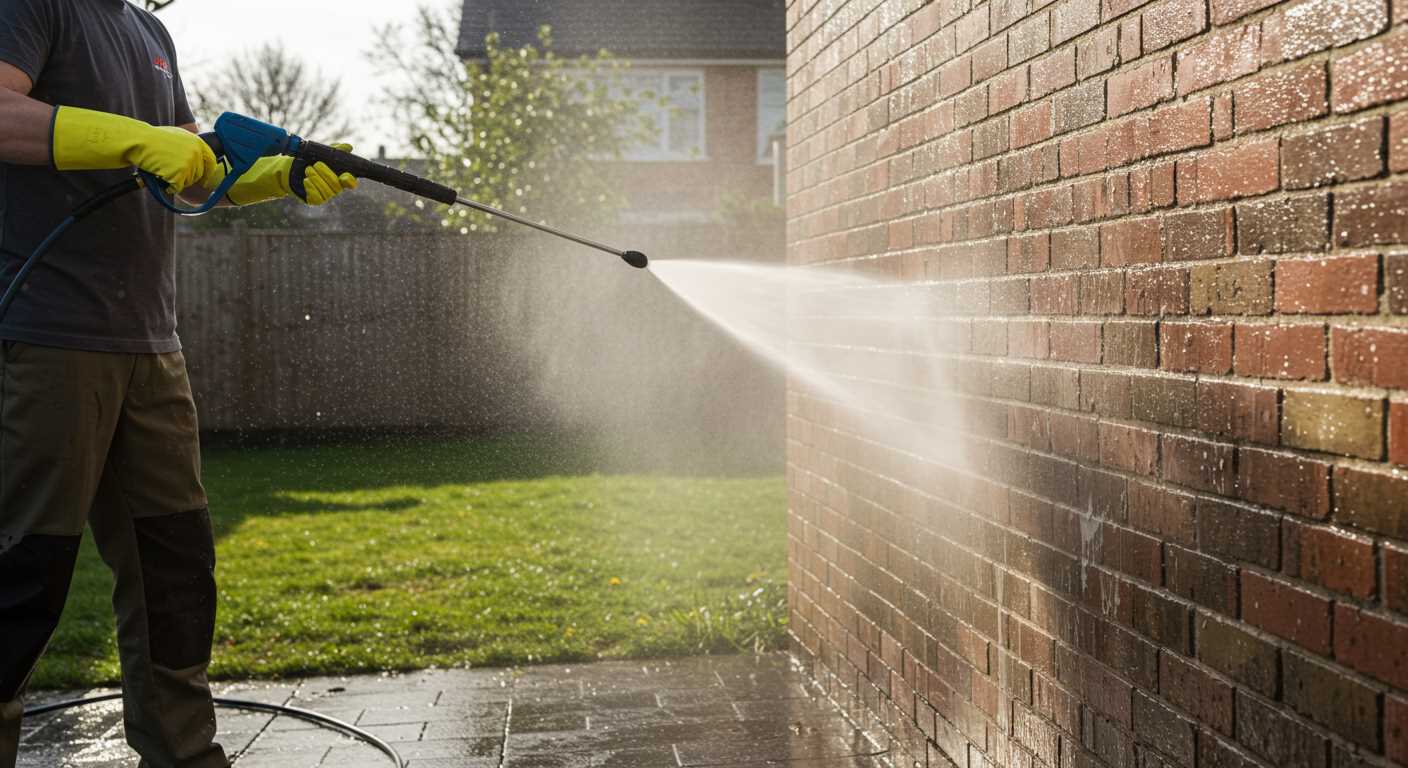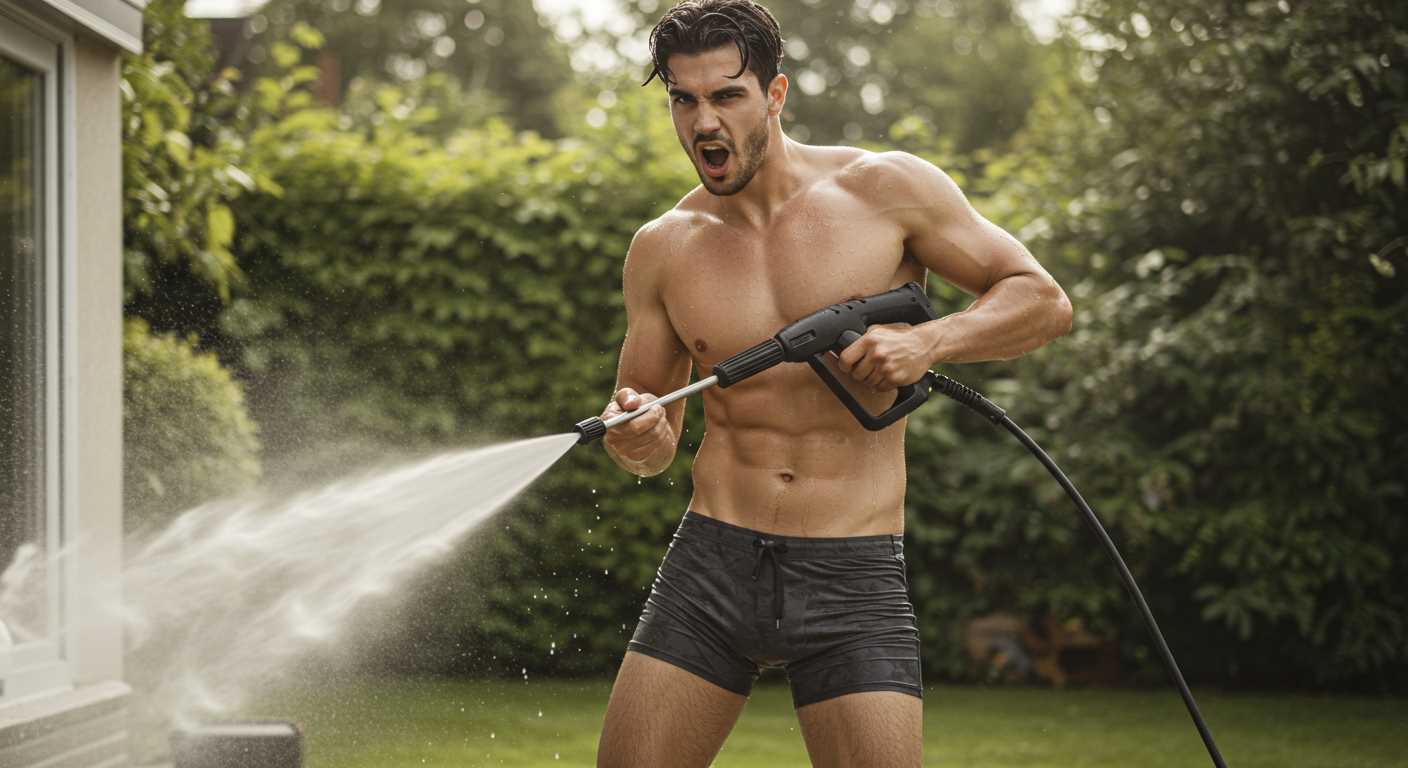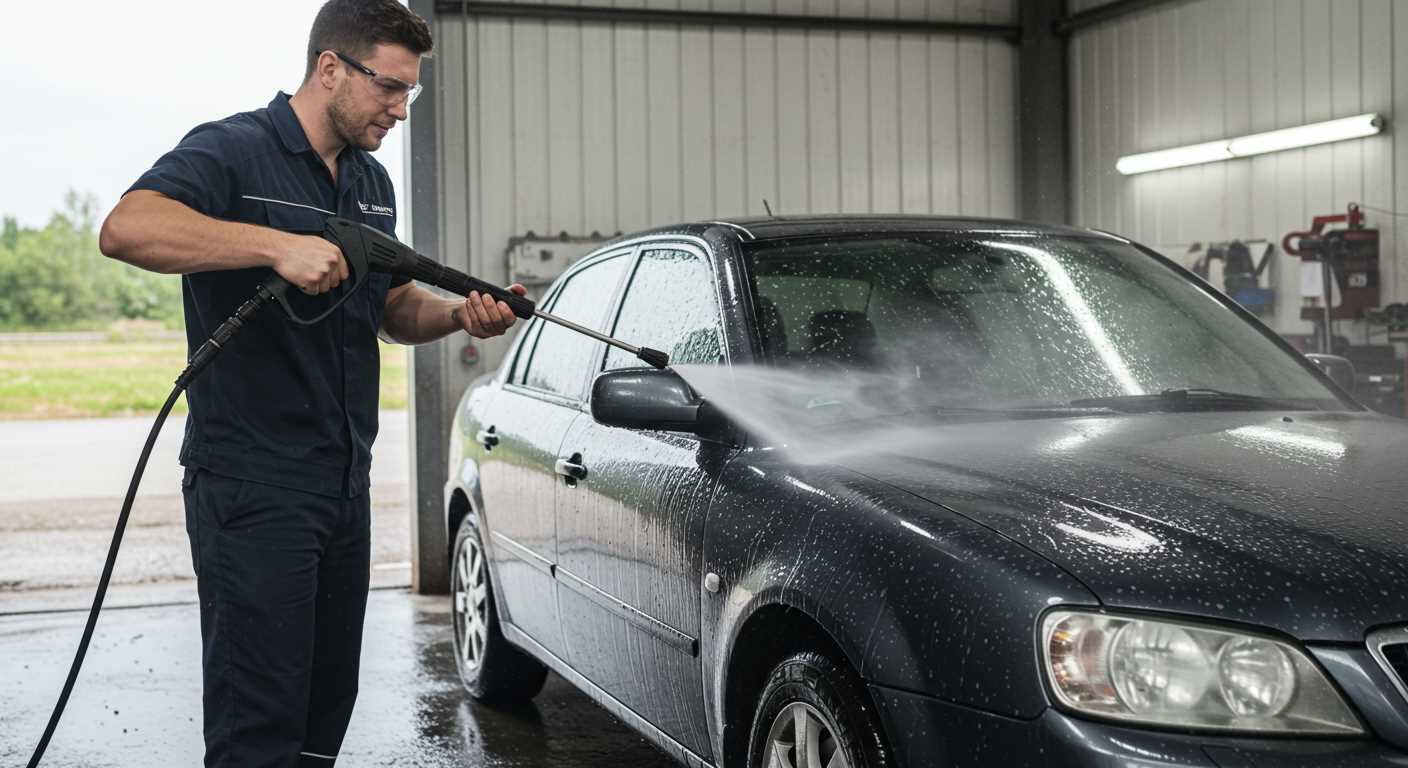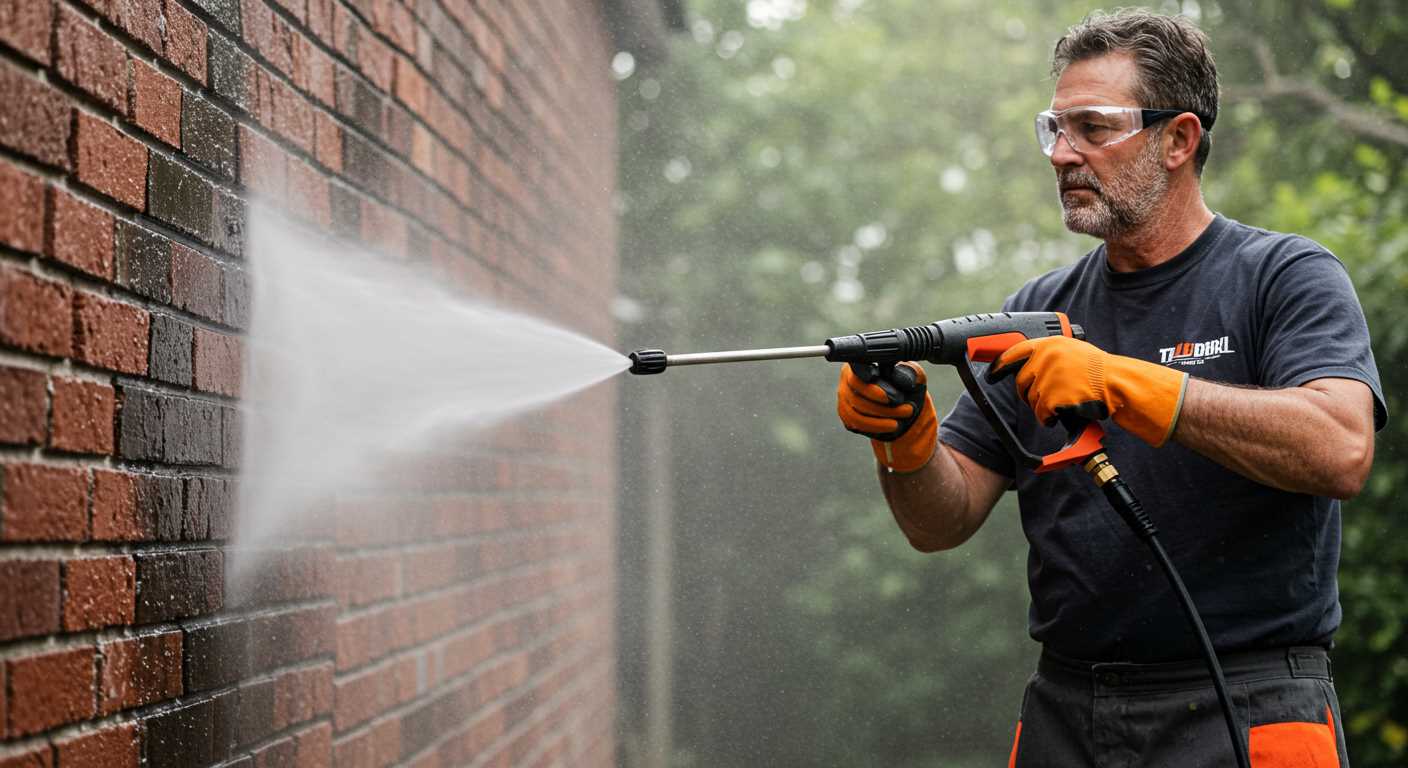



Using a high-pressure cleaner can indeed lead to significant risks when it comes to your vehicle’s exterior. If you’re considering employing this tool for your automotive upkeep, keep in mind that the intensity of the spray can damage the clear coat and underlying layers if not used correctly.
To safeguard your vehicle’s appearance, I recommend always setting the device to the lowest pressure suitable for the task. Maintain a safe distance of at least 2 to 3 feet from the surface while spraying, and avoid directing the nozzle at vulnerable areas like edges, seams, or any decals. Regular checks for any residue buildup will enable you to adapt your approach accordingly and prevent potential harm.
While a high-pressure cleaning tool can efficiently eliminate dirt and grime, it is crucial to complement this process with gentle washing techniques. A soft sponge or mitt, alongside a pH-balanced car shampoo, should follow the initial rinse, ensuring the longevity of your vehicle’s finish. Lastly, consider applying a quality wax or sealant post-cleaning to provide an additional protective barrier against environmental elements.
Is a Pressure Washer Bad for Car Paint
I recommend exercising caution when using high-pressure cleaning equipment on vehicles. While effective for removing tough grime, incorrect usage can result in damage to the exterior finish. Always maintain a suitable distance of at least 2 feet from the surface to prevent the strong force from stripping away protective layers or chipping the underlying material.
Opt for a lower setting and avoid concentrated nozzles, which can direct a forceful stream onto the surface. Utilising a wider spray pattern significantly dilutes the impact, reducing the risk of harm. Additionally, pre-soaking the surface with a soap solution can help break down dirt before applying any high-velocity water.
Be mindful of areas around decals or uneven surfaces, as the increased force can cause lifting or peeling. Regularly inspect the paint condition, especially after cleaning, to identify any signs of damage such as swirling or uneven gloss. I advise complementing this method with soft washing techniques to maintain the vehicle’s aesthetic appeal without compromising its integrity.
Utilising a technique that employs lower pressure and gentle cleaning agents ensures a thorough cleanse while protecting the finish from potential wear and tear. Following these strategic practices delivers excellent results without jeopardising the vehicle’s appearance.
Understanding Pressure Washer Specifications
To effectively clean surfaces without compromising their integrity, focus on specific attributes of the machine you choose. Here’s what to keep in mind:
1. PSI and GPM Ratings

- PSI (Pounds per Square Inch): This indicates the force with which water is expelled. A lower PSI (around 1200-1900) is preferable for delicate finishes.
- GPM (Gallons per Minute): This measures the flow rate. A balance between PSI and GPM is key; look for around 1.2 to 1.5 GPM for maintaining surfaces without damage.
2. Nozzle Types

- Wide-angled Nozzles: Use a 25 to 40-degree angle for a gentle spray that helps avoid scratches.
- Rotary Nozzles: They are powerful and best suited for tougher grime; however, they should be used carefully on sensitive areas.
- Adjustable Nozzles: Offer versatility, allowing you to change the angle based on the task.
Choosing the right equipment involves understanding these specifications. Ensure proper technique alongside the correct gear to safeguard your vehicle’s finish.
Recommended Pressure Settings for Vehicle Cleaning
For optimal results, I recommend using settings between 1200 to 1900 PSI. This range is effective for removing dirt and grime without compromising the surface.
Here’s a quick reference table for your convenience:
| Surface Type | Recommended PSI |
|---|---|
| Waxed Finish | 1200 – 1400 |
| Clear Coated Finish | 1400 – 1600 |
| Uncoated / Bare Metal | 1600 – 1900 |
Be cautious when aiming the nozzle; maintain a distance of at least 18 inches from the surface to avoid any unintended damage. Keep the spray at a slight angle to help lift debris effectively while protecting the finish.
In conclusion, sticking to these guidelines will safeguard your vehicle’s exterior while achieving a thorough clean. Regular maintenance with appropriate techniques enhances the longevity of finishes significantly.
Detergents and Their Impact on Paint Finish
Choosing the right cleaning agents is critical for maintaining the integrity of your vehicle’s surface. High-quality car shampoos are specially formulated to lift dirt without compromising the clear coat. Avoid household detergents that may contain harsh chemicals, as these can strip wax and harm the underlying finish.
Types of Cleaning Agents

Opt for pH-balanced solutions designed specifically for automotive applications. These are less abrasive and will not leave residues that attract grime. Additionally, consider biodegradable options that are eco-friendly and safe for the environment.
Application Techniques
To minimise any risk, I recommend applying these detergents in a controlled manner. Use a soft sponge or microfiber cloth to gently agitate the surface, allowing the cleaning agent to work effectively without scratching. Always rinse thoroughly to remove any remaining product, as residues can dull the shine over time.
Proper Techniques to Avoid Damage
Maintain a distance of at least 2 feet between the nozzle and the surface. This prevents concentrated force from directly impacting the finish, which could lead to chips or scratches.
Utilise a wide-angle nozzle attachment, ideally 25 to 40 degrees. This spreads the water, reducing the intensity of the stream while covering a larger area. A gentler spray is essential for preserving the exterior.
Technique and Movement
Move the nozzle in a sweeping motion rather than focusing on one area for too long. This technique ensures that no single spot receives excessive force, reducing the risk of damage. Always start from the top and work downwards to allow dirty water to flow away from previously cleaned sections.
Timing and Frequency

Avoid cleaning during peak sunlight hours. The heat can cause water and cleaning solutions to dry too quickly, leading to streaks and spots. Select early morning or late afternoon for optimal results, allowing solutions ample time to work without adverse effects.
Identifying Signs of Paint Damage After Washing
Look for the following indicators that could suggest harm after cleaning:
- Swirl Marks: Observe any circular scratches reflecting light; these often arise from improper techniques or the use of harsh abrasives.
- Faded Areas: Check for uneven colour tones, which may indicate that sealants or clear coats have been stripped away.
- Chips and Scratches: Inspect the surface closely for tiny chips or scratches that may have been introduced by abrasive materials or incorrect nozzle distances.
- Peeling Clear Coat: Look for sections where the clear protective layer may be lifting, leading to potential moisture infiltration.
- Water Spots: Watch for stubborn watermarks, indicating mineral deposits that can etch the surface over time.
Immediately addressing these issues prevents further deterioration. If any damage is suspected, consider consulting a professional detailer who can offer an in-depth assessment and remediation options.
Alternatives to Pressure Washing for Car Maintenance
A safe and effective method to clean a vehicle involves using a soft wash technique with a foam cannon. This tool allows for even application of shampoo, ensuring a gentle cleansing action that removes dirt without compromising the surface. Pair it with a standard garden hose and a nozzle that can adjust water flow to enhance control.
Hand washing remains a reliable approach, especially using two buckets–one for rinsing the sponge and another for soapy water. This system minimises the risk of swirl marks and scratches during cleaning. Opt for a pH-balanced shampoo designed for automotive finishes to maintain shine and protect against contaminants.
Microfiber Cloths and Mitts
Utilising microfiber cloths and mitts is crucial. They effectively trap dirt and grime, reducing the likelihood of surface damage. Regularly wash these accessories to sustain their cleaning ability and avoid any trapped debris from scratching sensitive areas.
Detailing Sprays and Waxes
Incorporating detailing sprays and waxes after a wash significantly boosts the protection of the finish. These products enhance shine while adding a layer of defence against the elements. Apply them using a clean microfiber cloth for an immaculate finish that resists water spots and UV damage.








